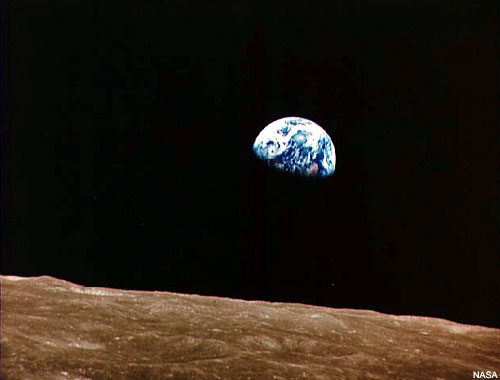The List: The Fastest- and Slowest-Warming US States

A new report by the outreach and research organization Climate Central reveals which U.S. states are warming the fastest, with Rhode Island taking the top spot over the past 100 years.
For each state in the continental U.S., scientists from Climate Central calculated averages of the daily high and low temperatures from National Climatic Data Center’s U.S. Historical Climatology Network of weather stations. Then, they determined how much the average daily temperatures changed each decade over the past 100 years.
[Full story on U.S. state warming trends]
Here are the temperature increases per decade for continental U.S. states from 1912 to today:
- Rhode Island: 0.339 degrees Fahrenheit
- Massachusetts: 0.300 F
- New Jersey: 0.280 F
- Arizona: 0.273 F
- Maine: 0.272 F
- Connecticut: 0.250 F
- Michigan: 0.245 F
- Utah: 0.233 F
- Minnesota: 0.229 F
- Colorado: 0.225 F
- New Hampshire: 0.215 F
- Delaware: 0.210 F
- North Dakota: 0.208 F
- Wyoming: 0.197 F
- Nevada: 0.196 F
- Wisconsin: 0.189 F
- Montana: 0.188 F
- New York: 0.181 F
- New Mexico: 0.177 F
- Maryland: 0.176 F
- Vermont: 0.172 F
- Idaho: 0.166 F
- California: 0.161 F
- South Dakota: 0.143 F
- Pennsylvania: 0.142 F
- Washington: 0.129 F
- Oregon: 0.128 F
- Texas: 0.114 F
- Virginia: 0.107 F
- Kansas: 0.103 F
- Florida: 0.081 F
- Ohio: 0.077 F
- Illinois: 0.076 F
- Nebraska: 0.072 F
- Oklahoma: 0.072 F
- Indiana: 0.059 F
- North Carolina: 0.054 F
- Iowa: 0.046 F
- West Virginia: 0.035 F
- Missouri: 0.029 F
- South Carolina: 0.024 F
- Tennessee: 0.021 F
- Louisiana: 0.021 F
- Mississippi: 0.014 F
- Kentucky: 0.008 F
- Arkansas: minus 0.004 F
- Georgia: minus 0.035 F
- Alabama: minus 0.071 F
Follow LiveScience on Twitter @livescience. We're also on Facebook & Google+.
Get the world’s most fascinating discoveries delivered straight to your inbox.
Jeanna Bryner is managing editor of Scientific American. Previously she was editor in chief of Live Science and, prior to that, an editor at Scholastic's Science World magazine. Bryner has an English degree from Salisbury University, a master's degree in biogeochemistry and environmental sciences from the University of Maryland and a graduate science journalism degree from New York University. She has worked as a biologist in Florida, where she monitored wetlands and did field surveys for endangered species, including the gorgeous Florida Scrub Jay. She also received an ocean sciences journalism fellowship from the Woods Hole Oceanographic Institution. She is a firm believer that science is for everyone and that just about everything can be viewed through the lens of science.


